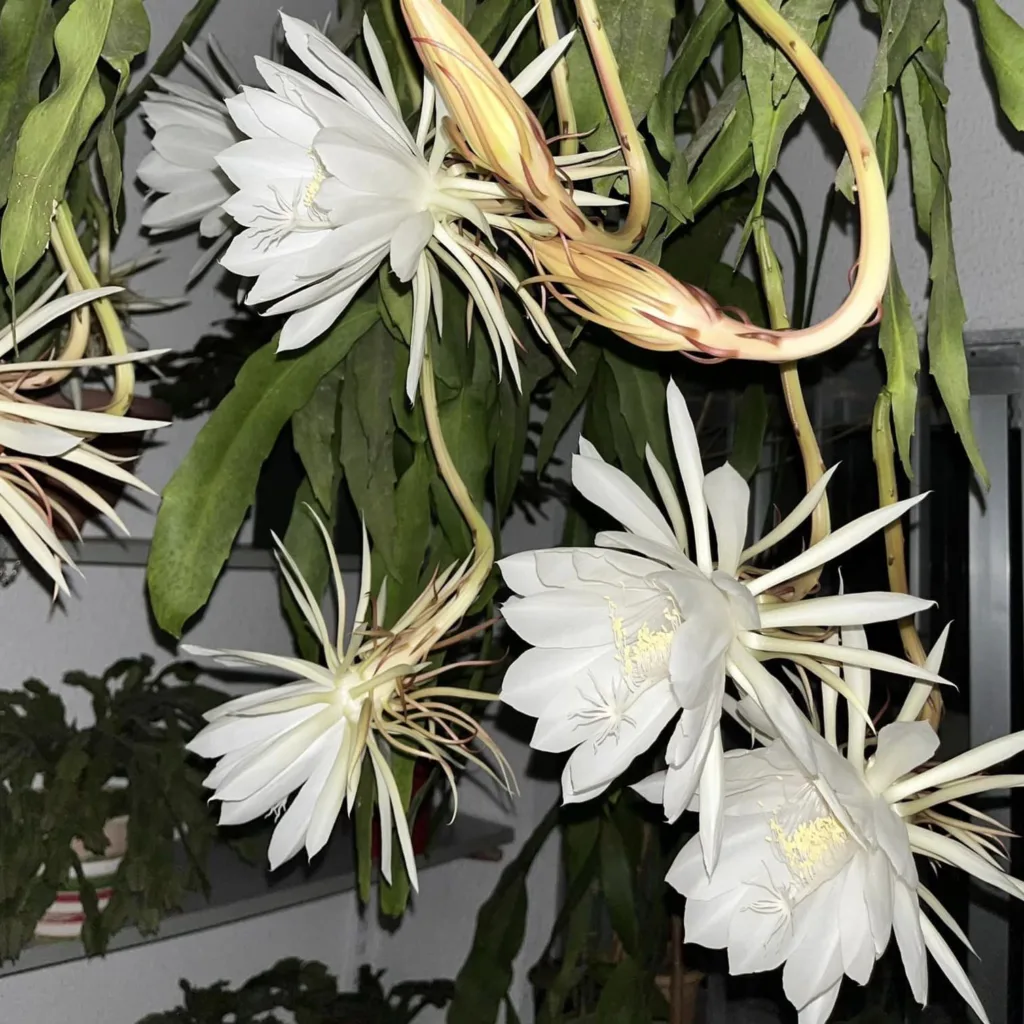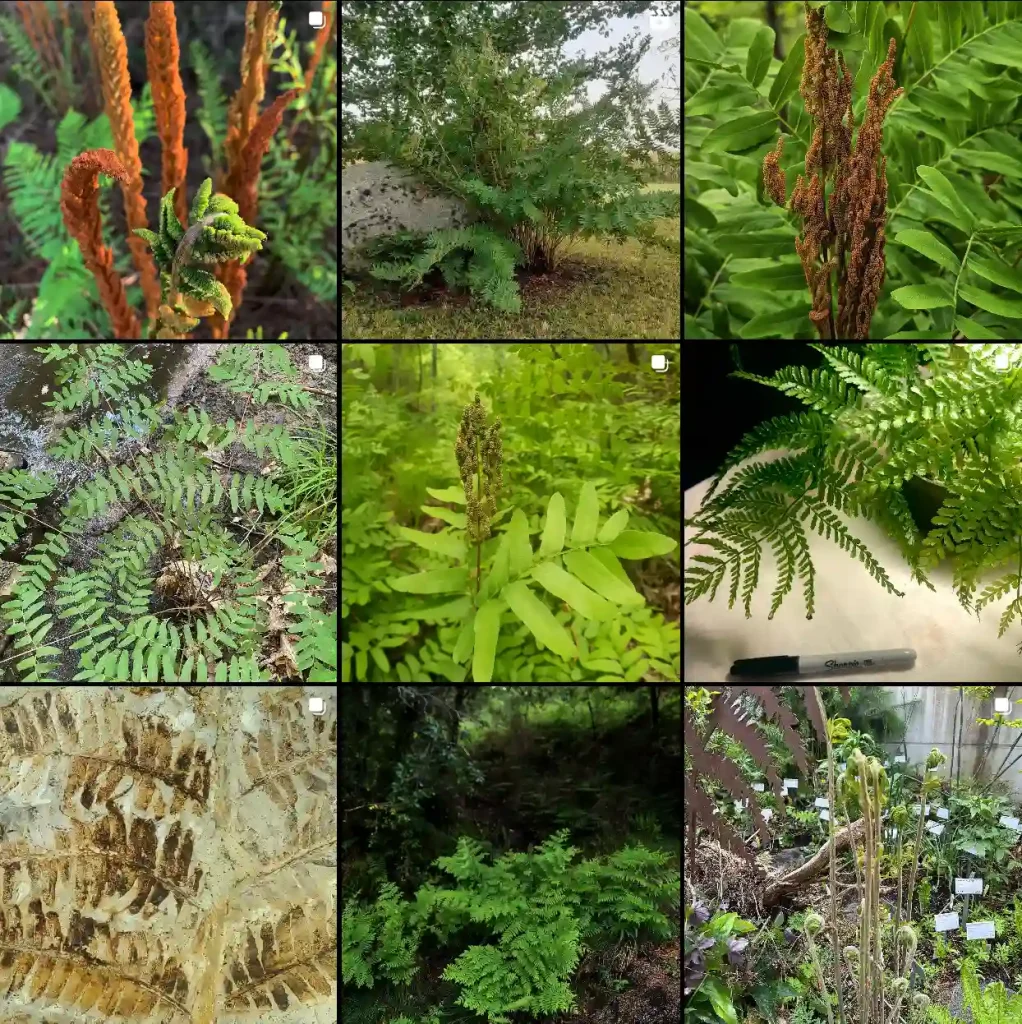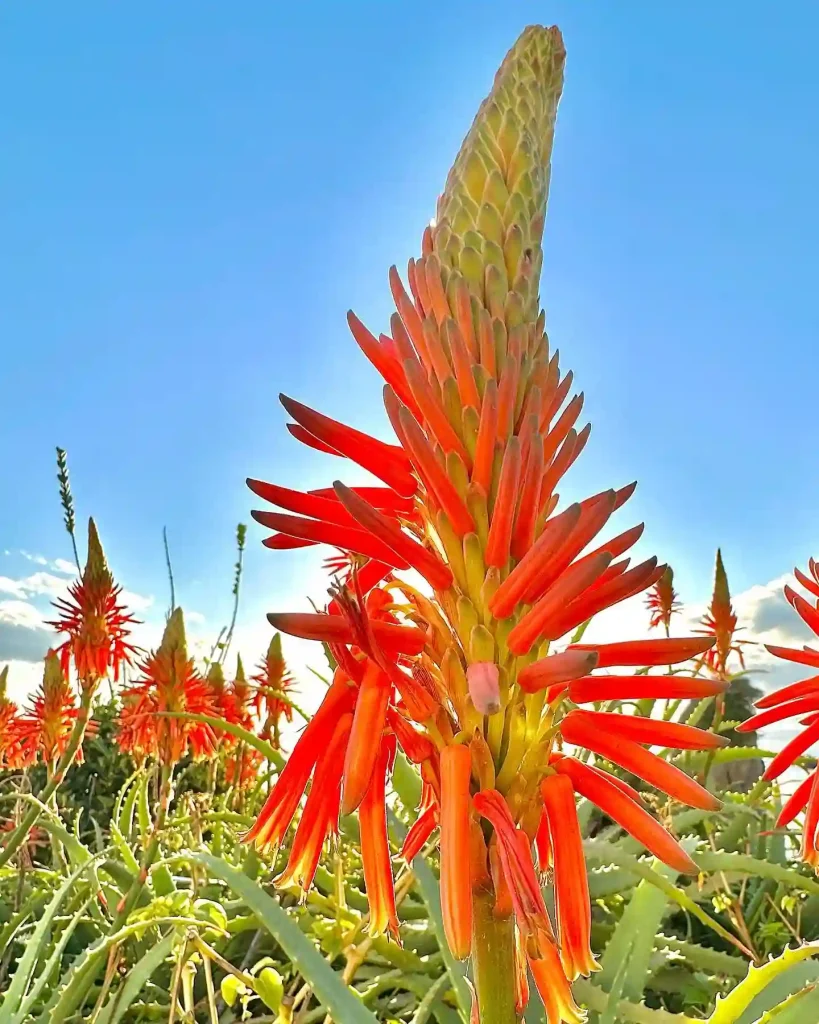Exploring the Juncaginaceae Family: Cycnogeton, Tetroncium, and Triglochin
When it comes to aquatic and marsh plants, the Juncaginaceae family has always intrigued me. These plants, often overlooked, play a critical role in their ecosystems. Having spent some time exploring and researching them, I’ve come to appreciate the unique characteristics of the genera Cycnogeton, Tetroncium, and Triglochin. Each one has its own distinct traits and adaptations, making this family not only interesting from a botanical perspective but also essential for ecological balance.
What is the Juncaginaceae Family?
The Juncaginaceae family, commonly known as the arrowgrass family, consists of perennial herbs found mostly in aquatic or semi-aquatic environments. These plants thrive in wetlands, marshes, and even saline soils, which makes them quite versatile. Despite their simplicity, they are critical for habitat stabilization and water purification.
What draws me to the Juncaginaceae family is its adaptability. The members of this family have evolved to withstand harsh conditions, such as salt marshes and brackish waters, which would typically be inhospitable to most plants.
Cycnogeton: The Unique Australian Native
Out of the genera in the Juncaginaceae family, Cycnogeton is particularly fascinating. It’s a lesser-known genus native to Australia. The plants from this genus are primarily found in Western Australia, often thriving in wetlands or along the edges of water bodies.
Cycnogeton species have long, grass-like leaves and tend to form dense clusters. One of the most notable features is their ability to thrive in waterlogged soils, which is quite uncommon for most plants. In fact, some species can even survive temporary submersion, a trait that makes them well-suited to the fluctuating water levels of Australian wetlands.
From an ecological standpoint, Cycnogeton plays a vital role in maintaining wetland ecosystems. The dense clusters of these plants help stabilize soil and reduce erosion, which is critical in protecting wetlands from degradation.
Tetroncium: A South American Rarity
If we shift our attention to Tetroncium, this genus is far less common and is mostly found in South America. The genus is monospecific, meaning it has only one species, Tetroncium magellanicum. What I find captivating about this genus is its isolated distribution. Growing in the sub-Antarctic region, Tetroncium magellanicum is uniquely adapted to cold, wet environments.
The plant’s slender, rush-like appearance and small flowers make it an unassuming part of its landscape, but its survival in such harsh environments is a testament to its evolutionary resilience. Tetroncium can tolerate the cold, wet conditions that define the sub-Antarctic regions, much like how Triglochin species handle salt marshes.
Though I haven’t had the chance to personally encounter Tetroncium in its natural habitat, it’s on my bucket list. The plant’s rarity and ability to survive where so few others can make it a botanical gem. It also contributes to the biodiversity of the unique ecosystems of Patagonia and Tierra del Fuego.
Triglochin: The More Familiar Face
If you’ve ever walked through a salt marsh or freshwater wetland, there’s a good chance you’ve come across a member of the genus Triglochin. It’s the most widely distributed genus within the Juncaginaceae family, with species found across the globe in coastal, marshy, and saline environments.
Triglochin species, commonly known as arrowgrass, have a characteristic grass-like appearance. The plants typically have long, narrow leaves that resemble blades of grass and produce small, inconspicuous flowers. While they may look simple, these plants are incredibly tough. Triglochin maritima, for example, can withstand salty soils and tidal flooding, making it a staple in salt marsh ecosystems.
What strikes me about Triglochin is its ecological importance. These plants help to prevent erosion in wetlands, providing a habitat for wildlife and playing a role in filtering pollutants from water. They’re also a critical food source for certain bird species. Watching birds foraging among these plants is a common sight in coastal marshes.
In my own experience, Triglochin has always been a reliable indicator of healthy wetland ecosystems. Its presence often signals that the soil and water quality are in good condition, as these plants are sensitive to pollution and over-salinization.
The Ecological Importance of Juncaginaceae
The Juncaginaceae family isn’t just an interesting group of plants from a botanical standpoint; it also plays a vital role in the environment. These plants often act as bioindicators, signaling the health of their ecosystems. Their ability to thrive in saline and waterlogged soils makes them crucial for habitat stabilization and water purification. Additionally, they serve as food sources for wildlife and help protect wetlands from erosion.
The adaptability of the Juncaginaceae family plants, especially genera like Cycnogeton, Tetroncium, and Triglochin, highlights their importance in diverse ecosystems. Wetlands around the world are increasingly threatened by climate change, pollution, and human encroachment. These plants, by maintaining soil integrity and providing habitats, are essential to the fight to preserve these ecosystems.
Conclusion
The Juncaginaceae family may not be the most glamorous group of plants, but their ecological significance cannot be overstated. Whether it’s the rare Tetroncium magellanicum surviving in the harsh climates of South America or the ubiquitous Triglochin maritima stabilizing salt marshes, these plants deserve more recognition for the roles they play in preserving biodiversity and maintaining the health of wetlands.
If i die, water my plants!



